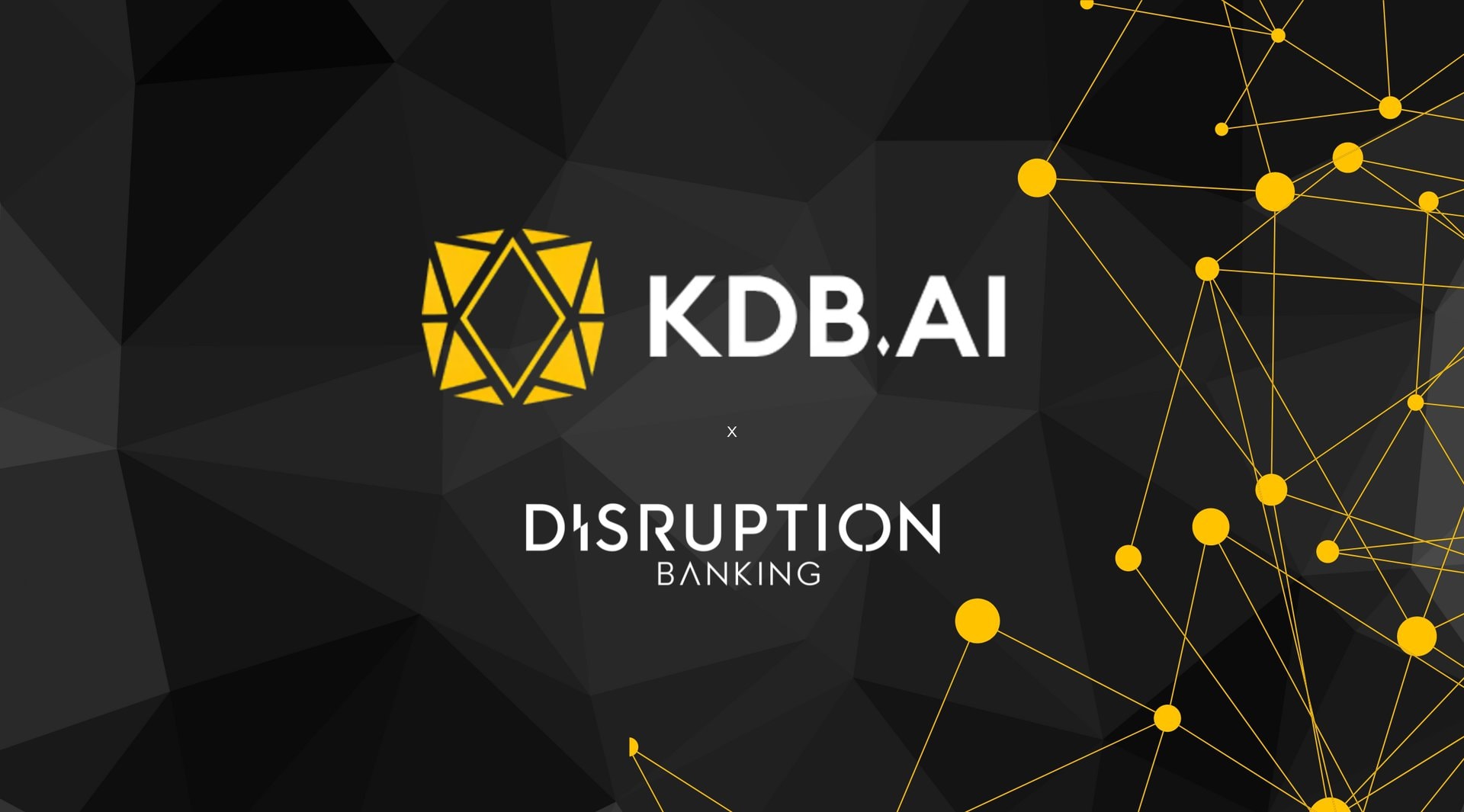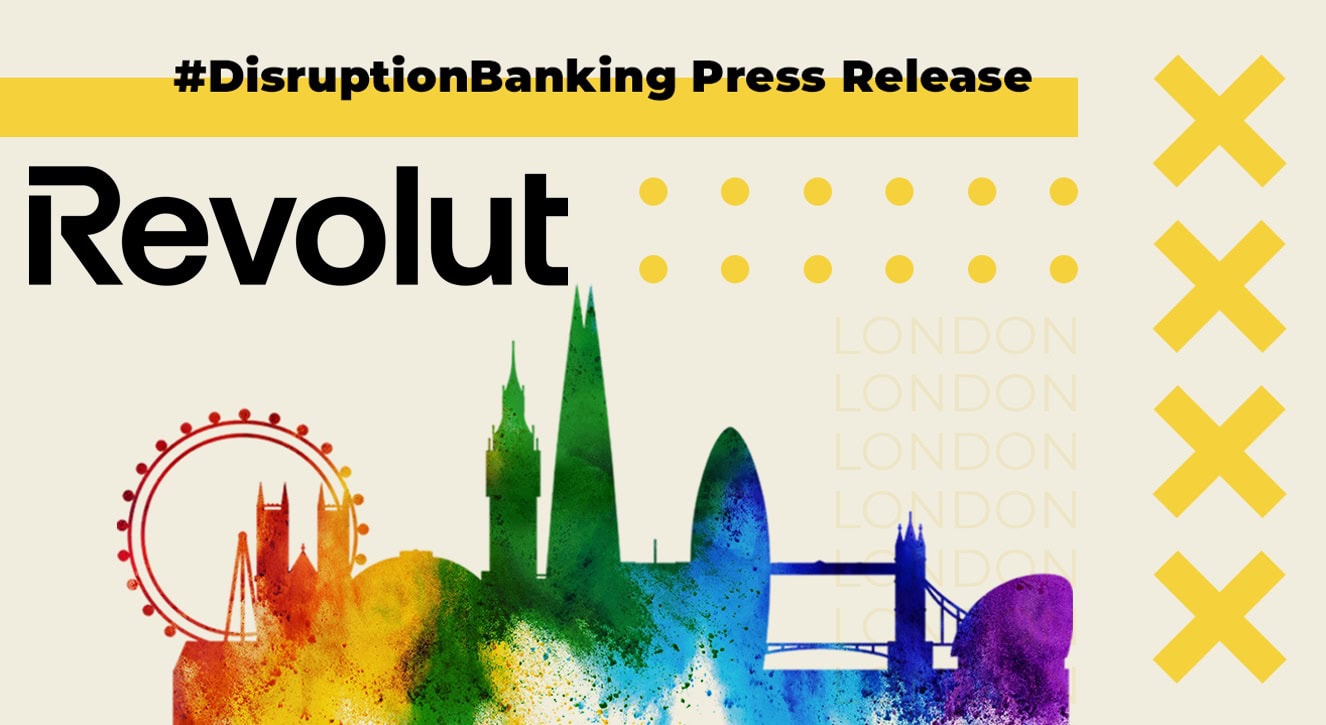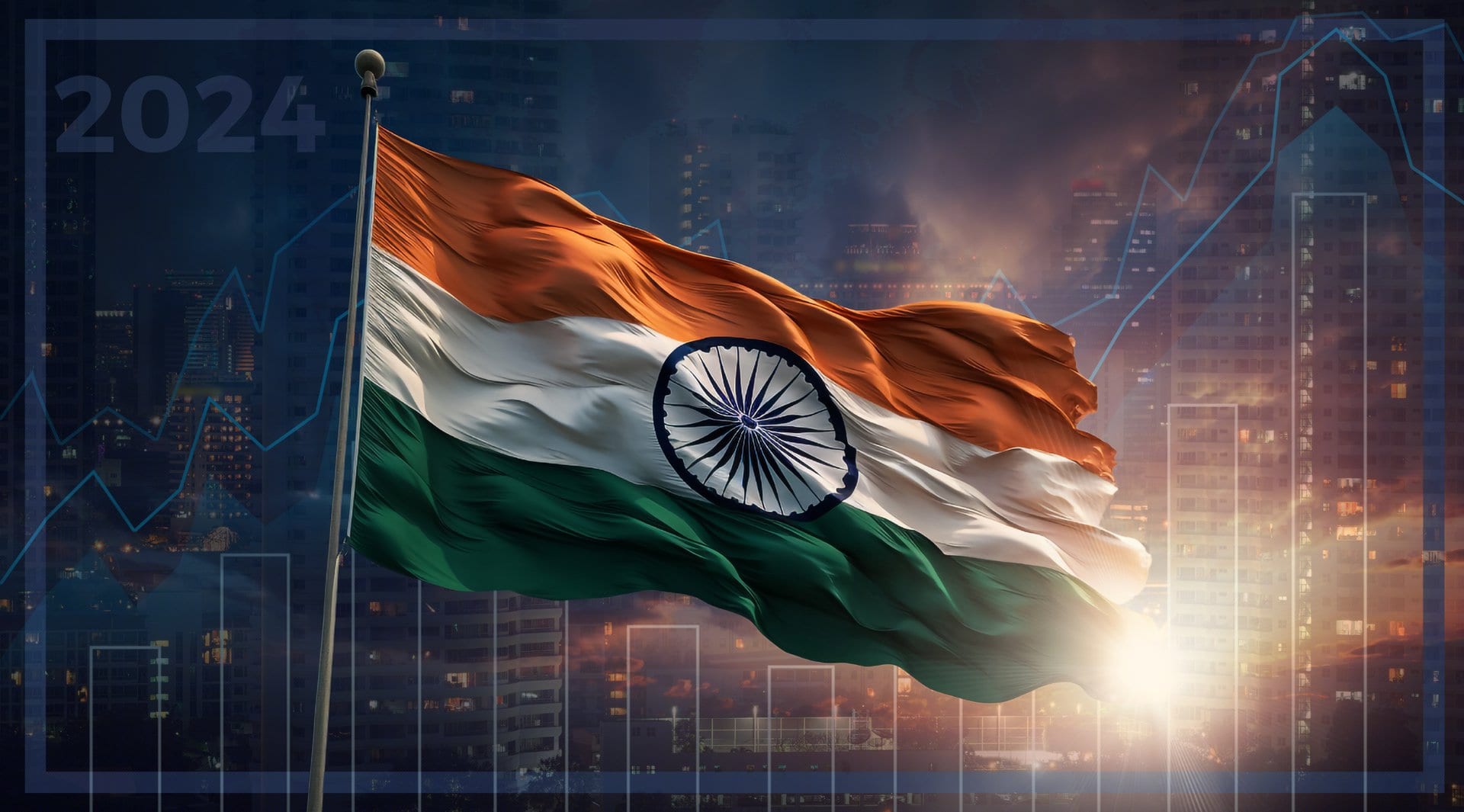Bill Gates gave us some advice last week when he spoke at the Singapore Fintech Festival: “if people are going to study one country right now, other than China, […] look at India, because things are really exploding there and the innovation […] is phenomenal”. Gates was speaking about his desire for a world in which the ability to save and transact is universal. The digital financial revolution is fast under way in India, so we have followed Gates advice to find out why.
We recently covered a story about Nordigen and their launch of the first ever free API platform, bringing massive potential for open banking in Europe. Since the introduction of PSD2 regulation in Europe, however, developments in open banking have still been relatively slow.
#SGFinTechFest | India mandates that companies use its UPI platform so payments can be sent among all services, including those from Facebook, Amazon, Paytm and any new upstart: @BillGates
— BloombergQuint (@BloombergQuint) December 9, 2020
Read more: https://t.co/s2Is6Ws36y pic.twitter.com/h3OSnEwvNH
The Indian picture, in contrast, has been very different and Bill Gates’ comments have shined a spotlight on some of the ways digital innovation has transformed India’s banking ecosystem. India has a hybrid model of growth where both government and market forces are playing a role. With government initiatives like Digital India and India Stack, alongside tech innovators, India has quickly outpaced Europe and the US when it comes to the digital revolution.
We recently saw this recognised at Singapore’s Fintech Festival. India’s Celusion Technologies came in the Top Ten Finalists in the Global Category of the Fintech Challenge Awards. The award is given by the Monetary Authority of Singapore to recognise excellence in the development of innovative solutions in the financial sector to overcome challenges posed by Covid-19 or climate change:
Here Are the 40 Solutions Shorlisted for the 2020 MAS FinTech Awards https://t.co/EM9ntbKSzR @sgfintechfest @AwanTunai @BancoBilbao @celusion @dbsbank @DiligenceVault @icbc @KaskoLtd @koinworks @natixis @NiumOpenMoney @OCBCBank @SPGlobal @HSBC @ValidusCapital #SFF #SGfintechfest pic.twitter.com/3kothOhyVs
— Fintech Singapore (@FintechSIN) November 6, 2020
When it comes to innovation, time is of the essence, and we believe Celusion has mastered the speed and agility needed to advance in an industry that is moving faster than most of us can imagine.
When back in 2004 three childhood friends ignored the advice of their parents to create a small company from scratch in their flat in Mumbai, we wonder if they ever imagined being where they are today: serving some of the largest financial institutions in India and beginning the transition to a global company! With pressure from their parents to work in certain corporates, the founders of Celusion instead made use of their web application experiences and haven’t looked back.
We were lucky enough to speak to the CEO of Celusion Technologies, Praveen Paulose, who talked to us about financial inclusion in India and Celusion’s Unified Account Opening Platform.
India’s version of Open Banking
Praveen started by talking about India’s digital success story, and explained Bill Gates’ observations on how India has overtaken western countries still wedded to “legacy systems”.
“We’ve seen and experienced the Indian story grow and succeed over the last decade – this is not something that started overnight.
“In 2009 the government came up with the idea of India Stack. It had a brilliant vision, great execution, and the government support was there behind it.”
Praveen goes into detail about the vision behind India Stack and its four layers:
“The vision they had at that time was first its Presenceless, meaning you have a digital identity; then you go Paperless, which means you can start sharing documents in a digital format; then you go Cashless, allowing transactions without cash or multiple digital channels, to democratise the whole payment structure. And finally, the Consent Layer gives consumers control over their data.”
In 2016 the NPCI (National Payments Corporation of India) launched the Unified Payments Interface, a public payments system which has revolutionised digital payments in India.
With an incredible growth rate since its launch in December 2016, @NPCI_BHIM app is redefining the #DigitalPayment scenes of #India!
— Digital India (@_DigitalIndia) April 12, 2018
Pledge for #BHIMse. Pledge #IAMDigital @_DigitalIndia @rsprasad @NPCI_NPCI @dilipasbe pic.twitter.com/tD8UW7KoZq
About this, Praveen states: “One of the neatest things that the UIDAI has done, which I have not seen in any other country, is, beyond giving it an identity card, it has given every single citizen a digital signature.
“Just by having an ownership of this Aadhaar (Unique Identification Number), you’ve got a digital signature publicly in your hand, which you can use to sign documents.
“And the DigiLocker, which is a little lower in popularity, is now picking up because most of the regulatory bodies have started allowing it.”
Another key factor that Praveen emphasises is the hybridity of this change, being pushed not only by the government, but by regulatory bodies, pro bono associations, and private companies:
“It was not just one body that was working towards doing this. The government were taking input from all the stakeholders while creating this whole framework.
“And regulatory policies in the last four years have been really, really fast tracked. When I’ve attended the Singapore FinTech before, I’ve heard lots of comments about how the regulatory bodies are not fast enough. I think it’s the other way around out here. In India, the regulator announces something and gives you 15 days to implement it. Sometimes you might have to implement it overnight. And then you have software development companies like us, who work through the night to deliver that solution.”
Clearly India has worked out that keeping ahead of the rest is what works, and speed of change and delivery is a theme we will hear a lot about in this story.
We next asked Praveen to talk about Celusion’s Account Opening Platform and how it ties into India’s digital transformation.
In India, any investors who want to own securities like stocks, bonds & mutual funds must open a demat account.
— ForbesAdvisorIndia (@ForbesAdvisorIN) December 16, 2020
Let’s take a closer look at why you need a demat account and how you can open one.https://t.co/1RalThvfEw#investing #ForbesAdvisorIndia @belleashlik
“In account opening, we try and complete either a demat or a stockbroking trading account, a loan account, an insurance account, or a bank account through a purely digital channel.
“To do this you need support from the government. For example, if you are showing your identity card how do you detect fraud? The government have come up with APIs that we can integrate with. So, we’re able to do your checks in real time and check whether the card is authentic by comparing the face on the card as compared to the profile photograph.”
Praveen tells us that India’s payments infrastructure, APIs, and digital centralisation of data has speeded up the process of account opening, allowing forms to be filled in an easy way, without time wasted having to access multiple government websites for the relevant information to check the authenticity of an applicant:
“Thereby this whole process happens within 15 or 20 minutes for a best-case customer.”
Demonetisation
The journey to where India is now has not been completely smooth, however. In November 2016, the Indian government announced plans to demonetise all ₹500 and ₹1,000 banknotes of the Mahatma Gandhi Series to challenge the shadow economy which Prime Minister Narendra Modi argued was funding crime and terrorism. The announcement caused severe disruption and many analysts argue that the move failed to remove black money from the economy whilst people’s trust in it was significantly damaged.
Withdrawal of Rs 500 and Rs 1000 notes will push #India towards #cashless economy https://t.co/wK3y3cYJw2 #fintech pic.twitter.com/8ZcrY68YO9
— Chris Gledhill | gledhill.eth (@cgledhill) November 9, 2016
The episode speaks to the friction apparent in most of the world, between the cash and banking economies. It also relates to the way that banking is conceptualised, and how open banking is changing this.
Praveen explains: “India has always had this battle between the cash economy and the banking economy. With demonetisation, the idea was to get all the black money out. That was one objective of it. But the second objective, which played a larger role, and we can see the benefits of it today, was to have every single citizen have a bank account that is open.
“There was a government initiative to get these accounts opened for every single citizen using the Aadhaar card. And now using that one single document, you could go and open up a bank account. Having said that, out of a population of 1.2 billion there are still roughly 190 to 200 million that are unbanked.
“There are also other people who got their bank account opened immediately because of demonetisation, but they’re still not really using their bank accounts. They use it for certain government schemes and this pandemic is one such brilliant example of when it became useful – those who have bank accounts have been receiving a monthly income from the government to survive the pandemic; this could not have happened if they remained unbanked. But India still has a very large population that is unbanked and that’s where one opportunity for expansion lies.”
Despite the challenges then, it appears that demonetisation is succeeding and there are still areas for expansion.
Areas of growth
This naturally led us to ask Praveen about demographics in India and where opportunity for growth exists for Celusion Technologies. With 150,000 accounts being opened at its peak each month, there is clearly appetite.
“You can classify it first into cities. Bangalore is a tech innovation hub, with more of your FinTech companies coming from there. But Mumbai is the financial capital and practically every single financial institution is headquartered there.
“As far as opportunity is concerned, India, from a timing perspective is perfect, because, as of this year, the median age for the population is 29. So, when you’re looking for a young crowd, India has got that right age. The number of millennials is continuously increasing, and in a 1.2 billion population, if your median age is 29, you can imagine the numbers spoken about: 150,000 is really small, it’s just going to keep growing and growing.
“The other area of growth is in the rural segments. There are still a lot of places where there is not enough smartphone penetration, or enough internet connectivity. Therefore, we also serve the microfinance market, and this is basically rural India.
“The challenges faced in both are very different. You might have a very challenging millennial who wants things to happen fast, with the latest in technology being applied to make life much easier. Whereas if you go to rural India, the challenges are about how you work in an offline disconnected way: is your application capable of working in offline mode?
“When most people think about account opening, they think it’s purely digital: they think the customer is going to do it themselves all the time, which is not true. There are many times when I go to a website and I need human intervention, not a bot speaking to me. But most companies do not have that.
“So, we’ve designed the product in such a way that if you need human intervention, you can have it. For example, if you’re a high-net-worth investor, and want to see somebody face to face this system allows all of the stakeholders to come on and just continue the journey from where you left off. If I finished off three steps on my onboarding process, and said, ‘I want somebody to come and explain the products that you’ve spoken of and continue the journey from there’, someone will come, look at this journey, and explain the whole product, and then take it forward from there. You therefore need to have a hybrid approach to take advantage of where the growth is in India.”
Stockbrokers
To understand the application of Celusion’s platform in more detail, we asked Praveen to talk about the stockbrokers who are using Celusion’s Account Opening Platform:
“We started our journey more with the stockbrokers here in India and many currently using this platform are companies in the top 10 listing of stockbrokers in the country.”
Praveen tells us that their platform is helping stockbroking firms to compete with the likes of Zerodha who have in-house teams building their software to allow them to offer lower fees. Praveen explains that there are firms “who have an in-house team, and then there are people who want to catch up. And that’s where we come in. We provide the same experience, or even better.
“One such brilliant example is Sharekhan: a traditional broker which wanted to start a discount broking division to match up to the discount brokers out there. They recently launched a company called Project Leapp, under the brand name Espresso. They launched it about two months ago and today they are opening close to 40 to 50 thousand accounts per month using our platform. And this can only be done because of the technology to enable it. Otherwise, it’s very difficult due to the acquisition cost to customer.” This refers to account opening for both web-based trading and app-based trading.
It seems that historians looking back on 2020 will identify the pandemic as the catalyst for several changes which might have taken years or even decades to materialise. When lockdown hit India, traditional brokers were unable to open new accounts due to the restrictions on normal trading. This inevitably highlighted the importance of online solutions.
Praveen tells us that “only companies that had digital account opening products were capable of opening even a few accounts during the lockdown. So, platforms like ours allowed people to conduct business in a normal way with the lockdown in place and increase accounts while a lot of the competition could not acquire customers during this time.”
We covered a piece recently where James Maddison of TradingView shared with us that the majority of investors in India look to their home stocks, this trend seems to be changing now. Praveen went on to explain that this is also happening at a time in India where the volume for foreign stocks have increased substantially due to new platforms that have APIs connected to the world’s largest stock exchanges. Due to this recent offering people in India are now also buying stocks in the likes of Apple, Microsoft, Tesla, and Airbnb – a recent and significant change.
“This is a recent trend that has started in the last six to nine months and every stockbroker now has the option to buy international stocks as one of their product offerings.”
Digital India
We couldn’t talk about these trends and not mention the Digital India campaign which is crucial to explain why India has been so innovative.
“The Digital India campaign has definitely helped a lot for our product without which we would not be able to obtain the 15 minutes account opening time, but there’s definitely more that can be done.
“As part of the Digital India campaign, public data was made available through a central website and all government departments practically got a mandate to publish their information on this website. Most did this but it’s not really being updated. This data would really help because currently all utility, telecom, mobile bills etc have to be validated manually.
“Furthermore, there are still a few documents that need physical signatures, such as power of attorney documents, so the regulator needs to figure out a better way because you complete everything in your account opening journey and then this one document stops you from really transacting. They’ve got stopgap arrangement to do it for a week but it still needs improvement.”
While we often hear stories about governments setting up barriers, it seems that India’s government is eager to facilitate as much digital innovation as possible.
Praveen expands on this and tells us that “along with the government, the regulators have been proactively coming out with certain rules and policies to facilitate all of this. Just in January, they allowed video KYC, scrapping a legacy requirement that identity cards had to be shown. So small steps like this have removed the whole physical contact need, and this happened even before the pandemic, the timing was just perfect. And, on the day they came out with the policy, you were allowed to implement it the next morning.”
Ensure that your address, email ID, and contact details are correct while filling out your KYC form with your SEBI
— NSEIndia (@NSEIndia) May 24, 2020
registered stock broker and always keep it updated for timely investment and trade confirmation reports. #InvestorAwareness #InvestorBenefits pic.twitter.com/k0Ung2seke
The speed of action and willingness for regulators to be facilitators of change might come as a surprise for readers used to western bureaucracy!
Sceptics might raise the risk of fraud, particularly when it comes to digital ID verification, but Praveen sought to offer reassurance:
“One of the reasons for fraud is because you’re not connected to any data source to verify all of the information. India Stack from day one, were very clear that they would give you a proper mechanism of authentication.
“We were just recently studying Malaysia. Malaysia has got a brilliant card called the MyKad. But there is no way for anybody to check the authenticity of that card other than looking at the card. Whereas in India, you have a mechanism to send the card number which will give you back the details and compare it with the details of the person. And the card has the biometrics: it has the fingerprint and the photograph of the person.
“So if you want to increase the levels of due diligence, you can always choose to either do a face match, or you can check their biometrics and ensure that there is no fraud. But having said that, people are always going to find means and mechanisms so we also have to play a certain part in ensuring that fraud is minimal and be on top of the game by continuously updating ourselves.”
Praveen’s vision of Celusion going forward into 2021 and beyond
“We’ve already initiated the process of being a global company and have registered ourselves recently in Singapore, to cater to the ASEAN market. Before getting into any country, it generally takes about 30 or 45 days to understand the landscape of that country: the demographics, the regulatory bodies, their KYC policies, do they have any APIs in place – which can help in the due diligence process. We’re also talking to a set of partners in other regions so that the implementations can go up drastically: in Canada, the UK, where we’re talking to a fairly big customer, and we can take the platform to other financial institutions there as well. But the ASEAN market is our immediate goal for 2021.”
As Celusion expands we wondered what Praveen makes of the competition. Readers will be aware of the major players when it comes to this sector: Wipro, Infosys and Tata tout their knowledge of FinTech and their ability to innovate.
“Most of these companies have not taken that first approach or the dive into going the digital route. They have been working on requirements that came up from banks that they are already working with. So we’ve had good examples of tier 1 companies – who have their core banking systems but do not have the digital ecosystem that is required – and we work with them in certain markets.
“So that gives us the confidence. There will obviously be companies like TCS and Wipro – incumbents sitting in a bank having a 10-year contract or an IBM, but there are also the other companies where, rather than building it from scratch, they will partner with us to get into the market. So we have certain advantages and they also have their advantages.
Some big lessons clearly arise from this story. When government regulation facilitates innovation, companies will succeed if they have the agility and flexibility to deliver solutions quickly. Celusion’s competitive edge is therefore its’ dynamism and fast-paced ability to use technology to solve the problems this world throws at us.
Praveen encapsulates this here: “So one of the things is the speed, right? If you have architected it well, you need the speed, to do these deployments and our average time for deliveries is two to three months, which includes taking down the requirements, customising the user interface, and then going live. We believe it should take 90 days to get something out there. And then incrementally, the journey is going to continue, because you get feedback from customers and you need to keep improving on it. You get new regulatory policies, you’re doing work on it, but 90 days is the timeline to go live with the first phase.”
Companies like Celusion, working with and utilising the Indian government’s digital campaign, explain why Bill Gates was correct to draw our attention to India. The combination of government facilitation with market innovation is driving a digital financial revolution that western economies would be wise to learn from.
Author: Curran Snell
#UPI #OpenBanking #DigitalIdentity #KYC #India #SEBI #Celusion #DigitalIndia















